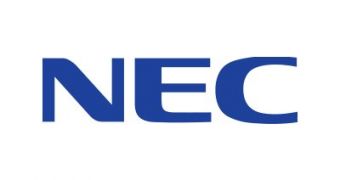Like all other sorts of electronics and hardware components, projectors are often tailored for a specific set of tasks and working conditions, and the latest NEC product of this type exhibits this.
The PH1000U is the newest projector that NEC has invented and officially launched, not too long a time after the V-Series Commercial Displays with integrated tuners.
The new item is aimed at houses of worship, higher education environments and retail, or anywhere else where a high ambient light is a factor.
Projectors usually thrive on darkness, but this one promises image clarity even in absence of this advantage.
The company placed a unique 3-chip 0.96-inch DLP system at the center of the construction, which has a sleek, compact shape.
The Integrated Device Technology HQV is present. There to perform video processing and scaling for computer signals and video (standard or HD).
For those that want numbers, the PH1000U comes with a WUXGA resolution (1,920 x 1,200 pixels), a brightness of 11,000 lumens, a contrast ratio of 2,000:1 and stacking capability (four projectors, for 44,000 lumens).
“The PH1000U is designed for large venue applications that can benefit from the 3-chip DLP color space and redundancy of the dual lamp system,” said Rich McPherson, Sr. Product Manager of projectors for NEC Display Solutions.
“The capabilities this product brings to the AV market are unrivaled, from its stacking correction to its bayonet lenses. Its feature set allows the projector to be customized perfectly in each and every application.”
Other specifications of the NEC PH1000U include dual UHP lamps (lamp life of up to 2,500 hours in ECO mode) and powered zoom, focus and lens shift for the complete line of five bayonet-style lenses.
The projector is backed by a 3-year warranty (limited parts and labor). Sales will commence next month (October, 2011), for the price of $54.99, without lens.

 14 DAY TRIAL //
14 DAY TRIAL //